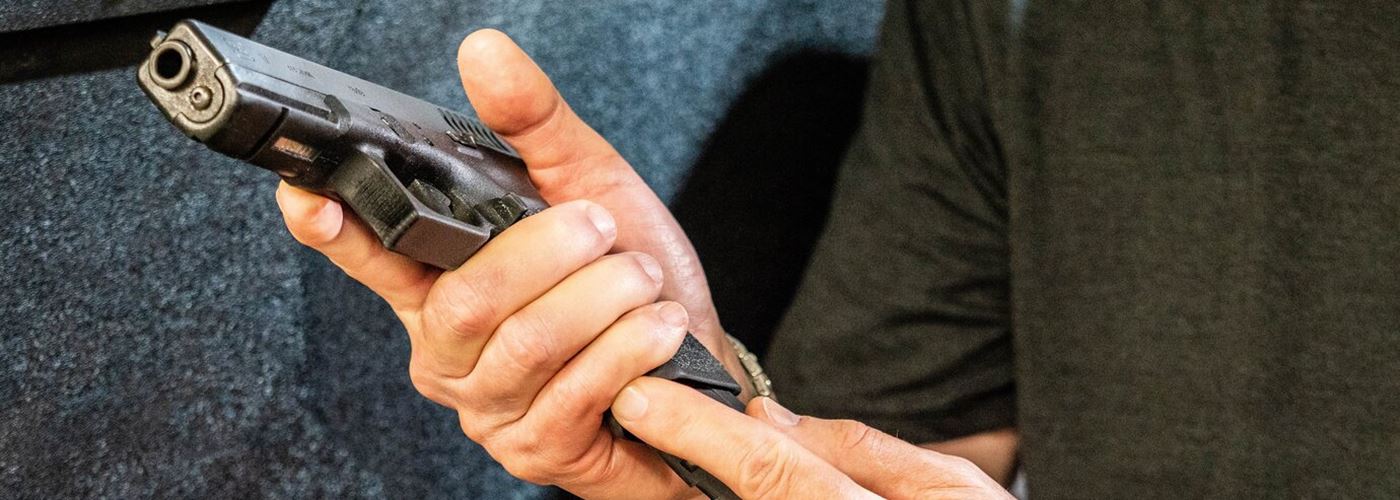
“Stand your ground” is a polarizing phrase that we have been hearing in the news for more than 15 years. The term is largely journalese, created by the media then proliferated by politicians and civilians who either intentionally or even unintentionally misrepresent what the law stands for or accomplishes.
The phrase, “Stand your ground” is deceptive and misleading. More accurate terminology is “duty to retreat”, or better said, “the removal of the duty to retreat.” People who misunderstand this phrase also fail to understand that “stand your ground” provides protections for the individual caught in an impossible situation.
Stand-your-ground vs. duty-to-retreat
When a state chooses to enact a stand-your-ground law, it removes duty-to-retreat from the list of requirements necessary to prove that an individual was acting in self-defense. This means a person in a state that has not enacted this legislation is required to exhaust every option of retreat prior to utilizing force to in self-defense.
As the number of states choosing to remove the duty-to-retreat grows, so does the opposition’s clamor against it. The media cultivates confusion and omits important facts while anti-gun organizations claim that such legislation only escalates unnecessary violence. While perhaps well-intended by some, and used only for political gain by others, this is one of the most misunderstood and misrepresented legal principles of the whole argument.
When I discuss this issue with students or clients, I plainly tell them to ignore the chatter that they have heard for either argument. Instead, understand that, at no time, is the right to legally carry a firearm a deputization or a 007 license to kill, with or without the duty-to-retreat. Legally, carrying a firearm is only a means to defend yourself or your loved ones from a lethal threat.
What defines an act of self-defense?
So, what are the legal elements necessary to demonstrate that an individual was acting in self-defense? These must be demonstrated to prove that one was acting within the confines of the law.
Clean hands
You must be the “good guy,” the one who didn’t start or escalate the fight. You cannot be the one that took a fight from non-lethal force to lethal force. In other words, your response to the perceived (reasonable) threat must be proportional.
You also cannot be the one who prolonged a fight when it was over. You cannot chase the person down that stuck a gun in your face after they’ve clearly communicated or shown you that the fight was over and they’re running away.
Honest and reasonable belief of imminent danger
Despite what we have all heard, it is not enough to say to law enforcement after a self-defense encounter that “I was in fear for my life.” Just speaking it does not bring that fact into existence.
Once the incident is over, law enforcement will investigate whether your fear was reasonable based on the circumstances surrounding what occurred. A jury will judge you based on the reasonableness of belief.
Your fear must be for imminent danger: that means right now, not in five minutes, not an hour from now, not tomorrow. You must be faced with the reasonable possibility that if you do not act immediately you will suffer grave bodily harm or death.
Duty to retreat
In a state that requires the duty-to-retreat, not only must you have clean hands and reasonably believe that you were in imminent fear of serious bodily harm or death, you must also have no means of escaping the harm or threat of harm prior to using force to defend yourself.
When a state requires the duty-to-retreat, a jury can second guess whether an individual could have escaped harm. The prosecution may paint a picture that, even if the individual was in reasonable fear of imminent death, they could have escaped. This leaves the jury to weigh the defendant’s split-second decision, often based on a balance of limited information and adrenaline, when they were likely unaware of a particular means of escape.
The importance of more training
Critics of “stand your ground” believe that removing the duty-to-retreat creates a “shoot first, ask questions later” situation, but that is not the case. The person defending themselves must be the innocent party and reasonably believe that they are facing a threat of lethal force in order to use a lethal force.
Proper training is important to learn how to recognize whether a situation requires lethal force or not. More importantly additional training beyond your basic CCW course will teach techniques to avoid the situation where lethal force would be needed.
Regardless of whether a state requires duty-to-retreat, the use of lethal force should be an individual’s last resort and only a last resort. You should be able to truthfully tell law enforcement, a jury, or a judge, that you tried to de-escalate the situation. You want to present evidence that you attempted to dissuade the conflict and that the use of force was your final option. When individuals have a clear understanding of what it means to act in self-defense, “stand your ground” can serve as the safeguard for which it was intended.
Make sure you’re never in a situation where you must prove your decision to use a weapon. Enroll in a local self defense and use of force class and learn more about concealed carry and stand-your-ground legislation in your state!
